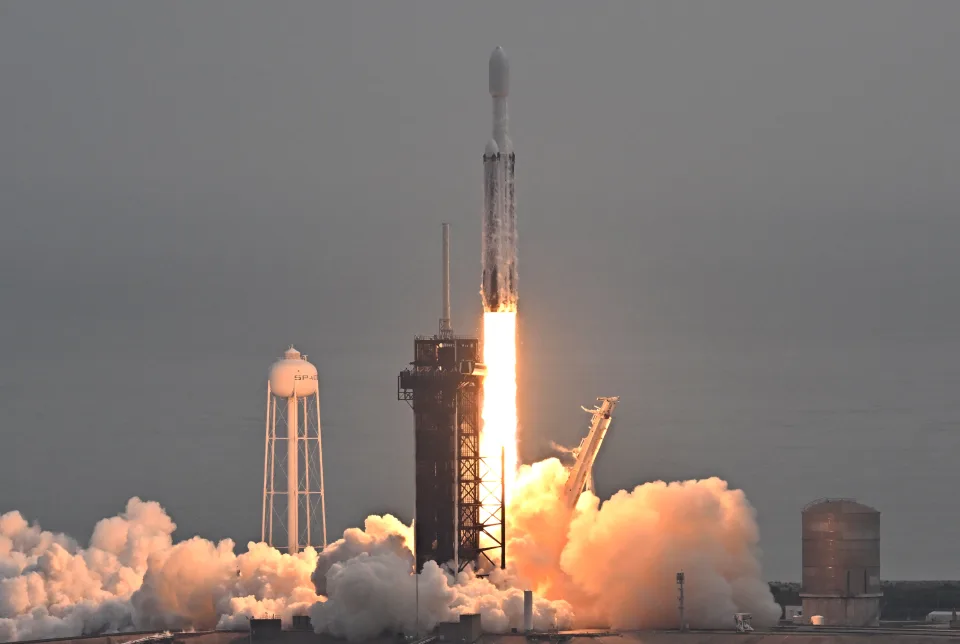As of fall in 2023, it has been a remarkably busy year for spaceflight, marking the busiest year on record. The record for successful orbital launches in a single year was surpassed, reaching 180 flights, and later climbing to 200. SpaceX, led by Elon Musk, played a significant role in driving this pace, with the aerospace venture setting a goal of achieving 100 launches in 2023. By December 7, SpaceX had completed 92 launches.
Private companies have become pivotal contributors to the evolving landscape of space exploration. Beyond serving as launch providers for scientific and communication missions, private entities are actively participating in the nascent space tourism industry, catering to those affluent enough to secure a ticket.
Despite the successes in 2023, spaceflight remains a formidable challenge, especially when attempting to introduce design innovations. The year has seen a combination of achievements and setbacks for leading private space companies. While successful launches and developments have been notable, the industry’s progress has been accompanied by challenges and hiccups that underscore the complexities of space exploration and innovation.
SpaceX
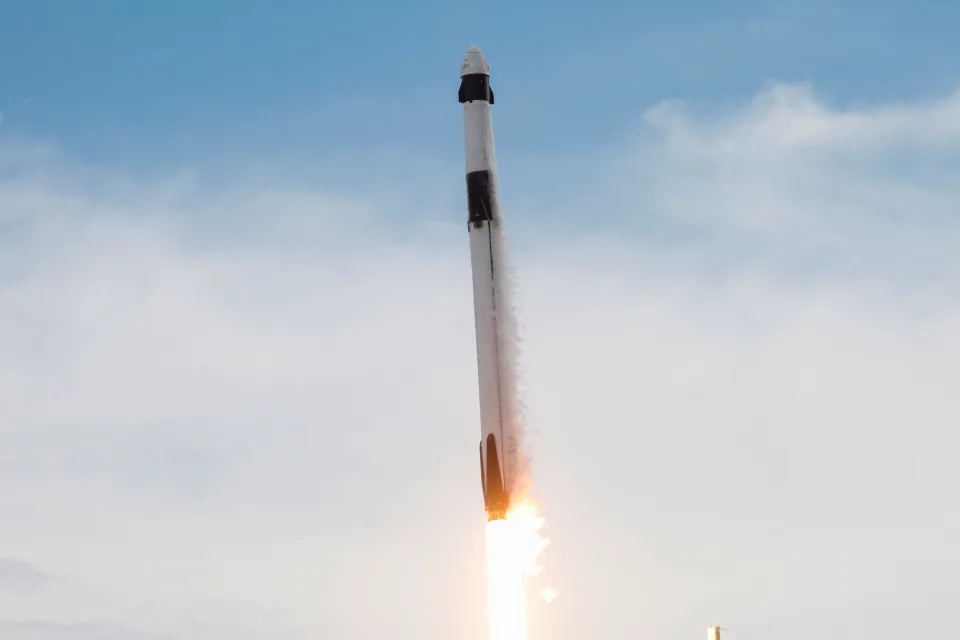
In 2023, SpaceX continued its relentless pace of space activities. The company achieved a record-setting number of orbital launches utilizing its reusable Falcon 9 and partially reusable Falcon Heavy rockets. The primary focus was on deploying its Starlink internet satellites, with the total number of these satellites in Earth’s orbit exceeding 5,000. SpaceX’s contributions extended beyond Starlink, as the company successfully delivered payloads for various entities, including NASA. Additionally, SpaceX conducted numerous crewed flights using its Dragon capsule, including a mission in March that brought four astronauts to the International Space Station (ISS). In May, SpaceX conducted a private astronaut mission to the ISS in collaboration with Axiom Space.
While SpaceX’s operational launches were notably successful, the company’s experimental Starship flights demonstrated a more dynamic and experimental side. Starship, the largest and most powerful launch vehicle developed to date, is intended to support future human spaceflight missions, including NASA’s planned return to the moon by 2025. The Starship spacecraft itself stands at 165 feet tall, and when combined with the Super Heavy rocket, the entire stack reaches a towering 397 feet. Both Starship and Super Heavy are designed to be fully reusable. After several years of suborbital flight tests without Super Heavy, Starship progressed to orbital tests in 2023, marking a significant step in the development of this ambitious spacecraft.
SpaceX faced challenges during the first integrated flight of Starship with its Super Heavy rocket on April 20. The launch encountered issues from liftoff, with multiple engine failures and a problematic flip maneuver during the separation process. Eventually, the command was given to self-destruct, resulting in an explosion and leaving significant damage on the ground, including a torn-up launchpad, a sizable crater, and a 3.5-acre fire in a protected wildlife refuge at SpaceX’s Boca Chica test site. Despite these complications, SpaceX considered the test a success, as the primary goal was to clear the tower. Starship achieved an altitude of approximately 24 miles before entering an uncontrolled spin.
Following this test, the Federal Aviation Administration (FAA) grounded Starship and mandated that SpaceX address dozens of corrective actions before resuming flights. Despite the setback, Starship returned to flight later in 2023, reaching space with an altitude of about 92 miles above Earth. This flight marked SpaceX’s first attempt at hot staging, where the upper stage initiates its engines while still attached to the lower stage. The separation from the Super Heavy booster was successfully executed. Although the flight fell short of the planned 90 minutes, lasting only around eight minutes, it demonstrated the feasibility of hot staging.
Blue Origin
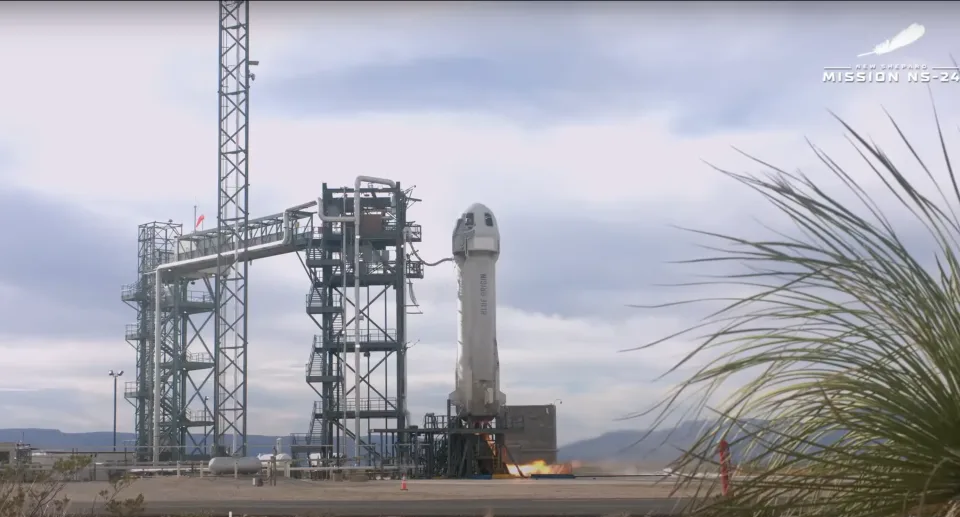
Blue Origin, led by Jeff Bezos, experienced a strong period between late 2021 and 2022 with its reusable New Shepard suborbital booster and capsule, completing six crewed flights to the edge of space. These flights followed years of tests and payload missions for clients, including NASA. However, in September 2022, one of Blue Origin’s rockets suffered a main engine failure during an uncrewed research mission, leading to a 15-month grounding of the New Shepard.
After investigating the incident, the then-CEO Bob Smith announced in June 2023 that New Shepard would be ready to fly again pending approval from the Federal Aviation Administration (FAA). The FAA concluded its investigation at the end of September, providing Blue Origin with 21 corrective actions to address before resuming flights. Although there were reports suggesting an October return to flight, the company did not liftoff during that period.
As the year progressed, it seemed unlikely that Blue Origin would conduct any flights in 2023. However, the company surprised observers by announcing New Shepard’s return in mid-December. On December 19, Blue Origin successfully conducted a suborbital payload flight, marking the resumption of New Shepard missions.
Blue Origin has been working on the development of its New Glenn rocket, a partially reusable heavy-lift vehicle. The inaugural flight for New Glenn is expected in 2024, and it has been selected by NASA to send two small satellites to Mars later that year. However, the timeline for its debut has experienced delays, originally scheduled for 2020, then rescheduled to 2021, 2022, and now 2024.
Throughout the summer, Blue Origin shared photos of the rocket’s first and second stages being assembled at its Florida factory, confirming its commitment to the planned launch in the upcoming year. Despite the delays, Blue Origin remains actively involved in engine production for United Launch Alliance (ULA). Both New Glenn and ULA’s Vulcan Centaur rocket will rely on Blue Origin’s BE-4 engine. However, delays have been associated with the development of these engines, with a reported engine explosion during testing at Blue Origin’s West Texas facility in July, adding to the challenges faced by both rocket programs.
United Launch Alliance
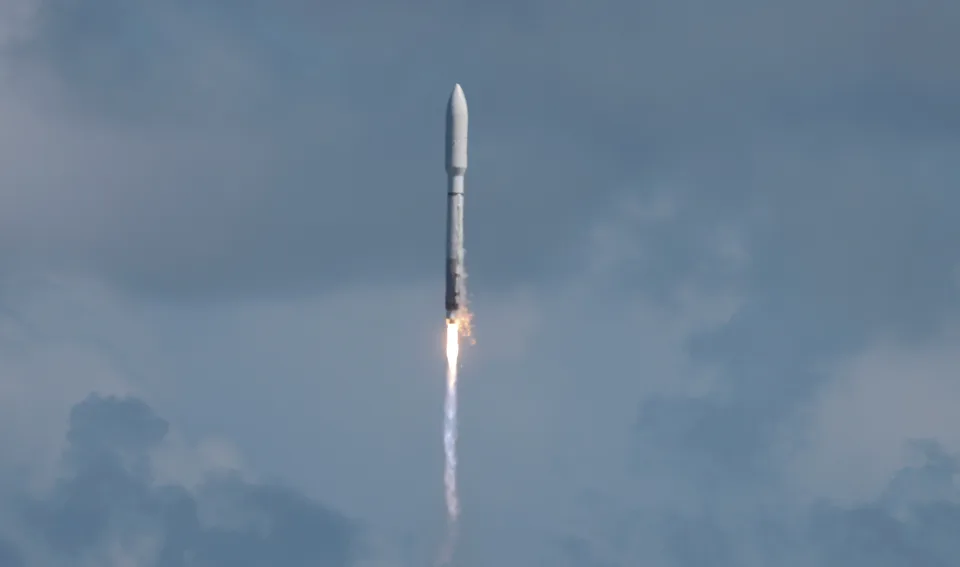
United Launch Alliance (ULA) had a relatively quiet year in 2023, conducting only three launches with its Atlas V and Delta IV Heavy rockets, a decrease from the eight launches in the previous year. Both rocket models are in the process of winding down their operations in anticipation of official retirement. The Delta IV Heavy has one remaining flight scheduled for 2024, while all of the Atlas V’s remaining flights have been sold and scheduled for the coming years.
One notable launch for ULA in 2023 was the first flight in its partnership with Amazon, where an Atlas V rocket successfully delivered two prototype Project Kuiper internet satellites into orbit. The majority of ULA’s efforts are currently concentrated on completing the final preparations for the Vulcan rocket ahead of its maiden flight. Vulcan, in development for approximately a decade, has experienced several years of delays. Initially targeting a launch in the first half of 2023, ULA faced setbacks, including the explosion of a Centaur upper stage during tests, leading to a revised target for the end of the year. However, in the latest update, ULA confirmed that Vulcan would not be flying in 2023 after all.
Following a successful WDR, the launch of ULA's first #VulcanRocket flight test and #Cert1 mission is planned for Jan. 8, 2024, pending range approval. The Vulcan VC2S rocket will launch from SLC-41 from Cape Canaveral Space Force Station, Florida. https://t.co/xFQoT0042V pic.twitter.com/gkHOBFF6UT
— ULA (@ulalaunch) December 14, 2023
After completing critical tests in December, ULA’s Vulcan rocket is now scheduled for its first flight, known as Certification-1, on January 8, 2024. The inaugural flight will carry Astrobotic’s Peregrine lunar lander to the moon. Once Vulcan is operational, ULA plans to increase its launch frequency. The company has a contract with Amazon for 38 Project Kuiper launches on Vulcan, representing a significant commitment to ULA’s new launch vehicle. The successful launch of Vulcan will mark a crucial milestone for ULA as it seeks to modernize its launch capabilities and address the evolving demands of the space industry.
Rocket Lab
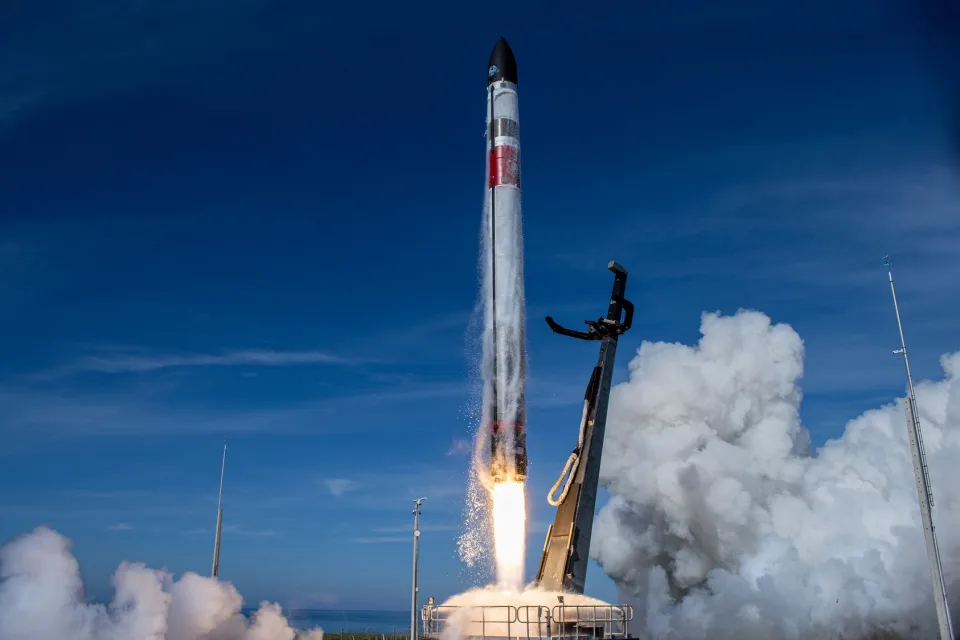
Rocket Lab, known for its Electron rocket, experienced a notable incident in September 2023 when a problem with the rocket’s upper stage led to a failure to reach orbit. Despite this setback, Rocket Lab has a track record of at least three dozen successful Electron flights, with only a few failures. The Federal Aviation Administration (FAA) cleared Rocket Lab to resume flights in October after completing its investigation into the issue, which concluded in November. Rocket Lab identified the problem as a rare interaction of three unusual conditions in the low-pressure space environment, causing an unexpected electrical arc that led to the shorting of battery packs powering the launch vehicle’s second stage.
Rocket Lab resumed flights before the end of the year, with an Electron rocket delivering a Japanese satellite to orbit on December 15 in a mission titled “The Moon God Awakens.” Rocket Lab has been exploring different methods for recovering its Electron boosters after flight, including mid-air catch attempts via helicopter, as part of its efforts toward achieving rocket reusability. Additionally, the company is actively developing Neutron, a medium-lift, partially reusable launch vehicle that is expected to be completed in 2024.
Virgin Galactic & Virgin Orbit
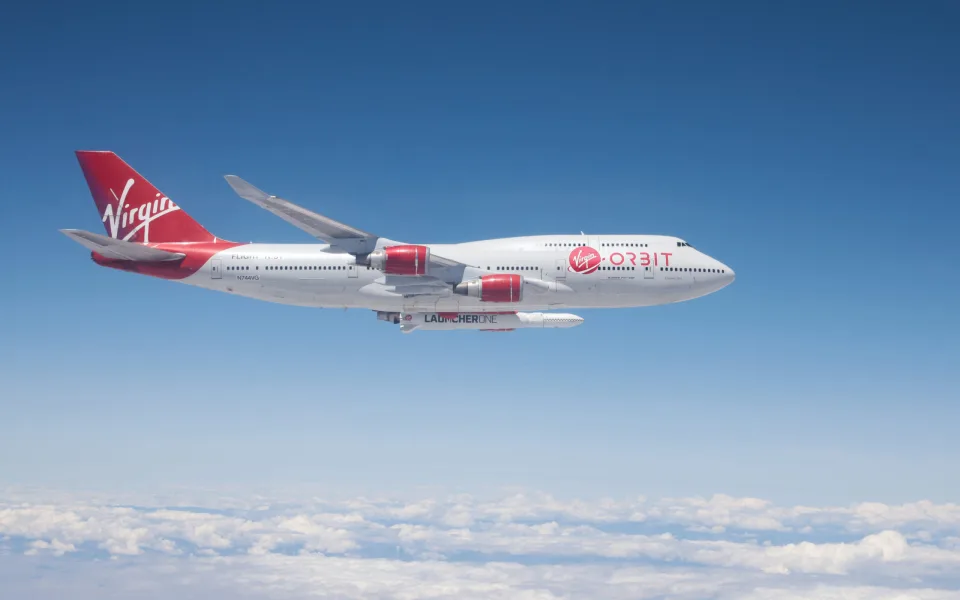
In 2023, Virgin Galactic, founded by Richard Branson, maintained a consistent schedule of flights with its VSS Unity suborbital spaceplane. The rocket-powered craft completed six flights in six months, including its first-ever space tourism trip in August. Apart from research missions, Virgin Galactic successfully conducted four flights with paying tourists on board during the summer and fall.
However, Virgin Galactic faced challenges in the stock market in December when Richard Branson stated that he would not be investing any more of his personal funds into the company. Despite Branson’s comments causing a temporary decline in shares, they later rebounded.
On the other hand, Virgin Orbit, a spinoff of Virgin Galactic, experienced difficulties in 2023. Virgin Orbit announced its shutdown in May, just a month after filing for Chapter 11 bankruptcy. The company, formed in 2017 to provide launch services for small satellite missions, utilized a modified Boeing 747 plane to launch its rocket, LauncherOne, from the air. Virgin Orbit struggled to compete and faced setbacks, including a failure during the first-ever orbital launch from the UK in January. The failure resulted in the inability to deliver satellites commissioned by the UK and US governments to orbit, marking the company’s second failure out of just six missions and leading to its eventual closure.
Newcomers hit hurdles
Relativity Space, based in California, has been at the forefront of developing the first fully 3D-printed reusable rockets. Despite facing a setback with the failure of its inaugural launch of Terran 1 in March, the company achieved significant milestones during the mission, including passing through Max-Q (maximum dynamic pressure on a spaceship during flight) and successful stage separation.
Looking ahead, Relativity Space is shifting its focus to its larger vehicle, Terran R, which is expected to be ready for launch in 2026 from Cape Canaveral. Terran R represents the company’s ambition to create a medium-to-heavy-lift vehicle capable of supporting missions to the moon and Mars. The development of fully 3D-printed rockets has the potential to revolutionize the aerospace industry by offering cost-effective and innovative solutions for space exploration.
In 2023, ABL Space, a California-based aerospace company, conducted the first flight of its RS1 rocket. Unfortunately, shortly after liftoff, all nine of RS1’s engines shut down, resulting in the vehicle crashing back to Earth. Following this incident, ABL Space has been actively working on preparations for its second launch. In a Substack post at the end of October, ABL Space CEO Harry O’Hanley provided details about the efforts and improvements made since the first flight. However, as of the latest information, no specific date has been announced for the second launch, indicating that the company is taking the necessary time to address and rectify issues before proceeding with the next mission.
More to come in 2024
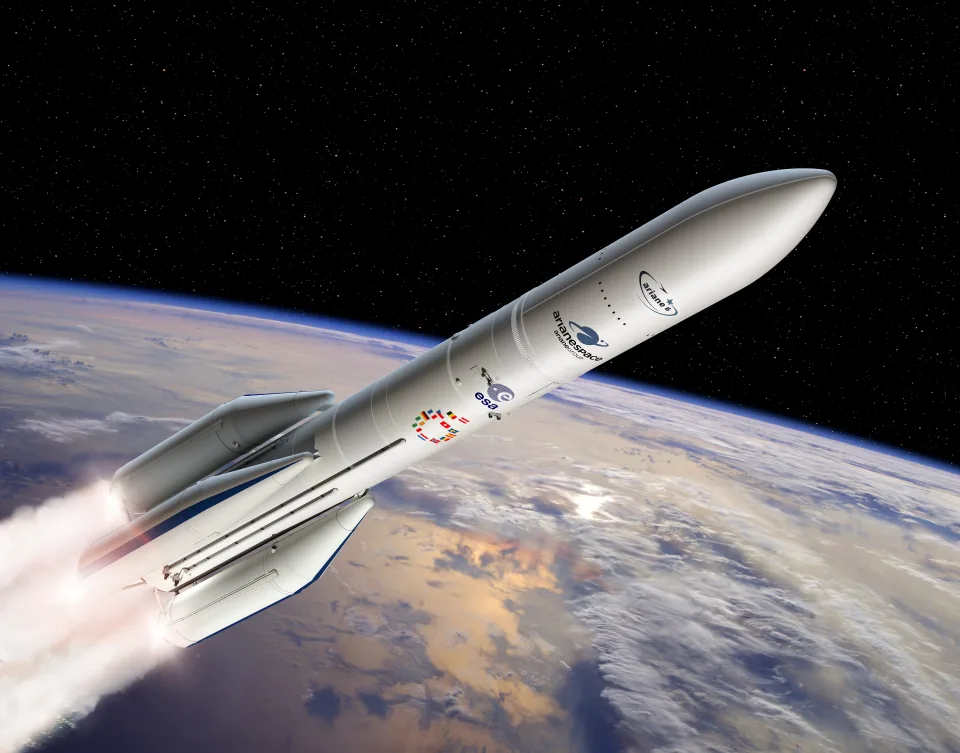
The year 2023 has set the stage for what promises to be a significant year in spaceflight in 2024, with numerous projects and missions in the pipeline. SpaceX, for instance, has announced plans to achieve 12 launches per month in 2024, aiming for a total of 144 launches by the end of the year. Additionally, Arianespace bid farewell to its long-serving Ariane 5 rocket, concluding its 27 years of service, and is gearing up for the debut of its successor, the Ariane 6, in the summer of 2024.
NASA and Boeing are planning the first crewed flight of the reusable Starliner spacecraft capsule, scheduled for around March 2024. NASA’s Artemis II mission, part of its Moon exploration program, is expected to launch as early as November 2024. This mission will involve the Space Launch System (SLS) rocket and the Orion capsule, carrying four astronauts for a lunar flyby.
While these plans outline an ambitious year for space exploration, it’s essential to acknowledge the likelihood of delays in the ever-evolving field of spaceflight.

